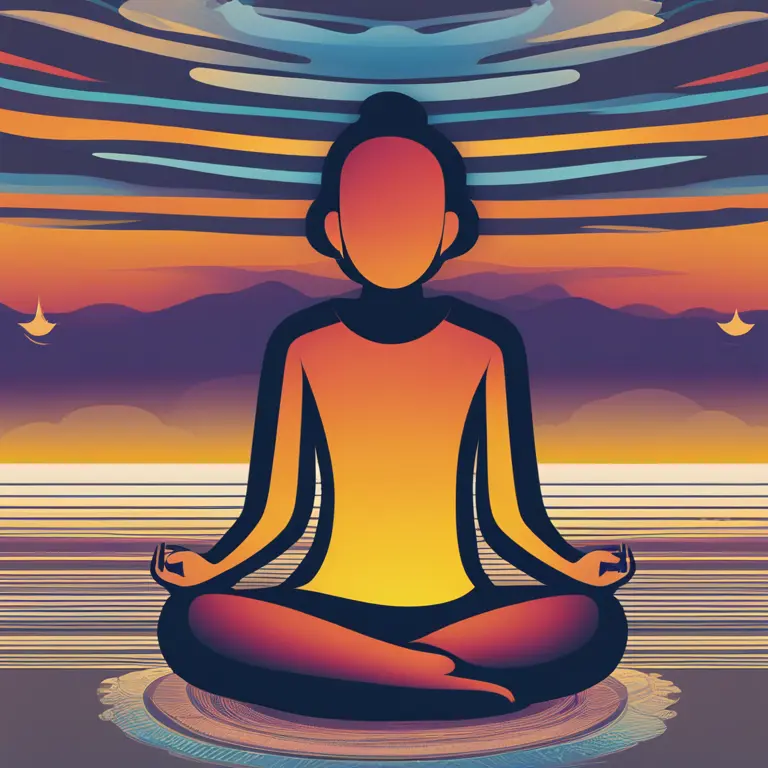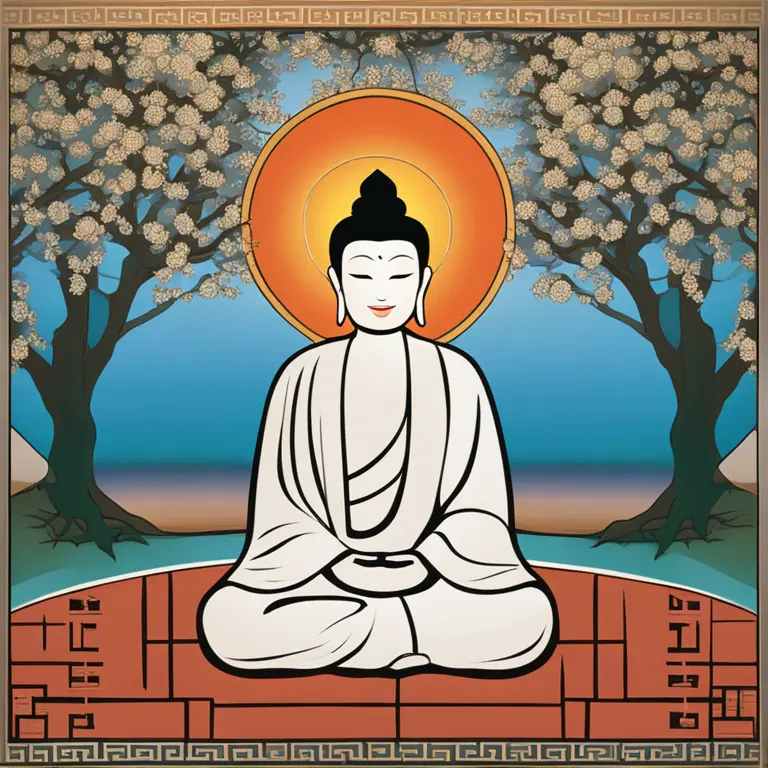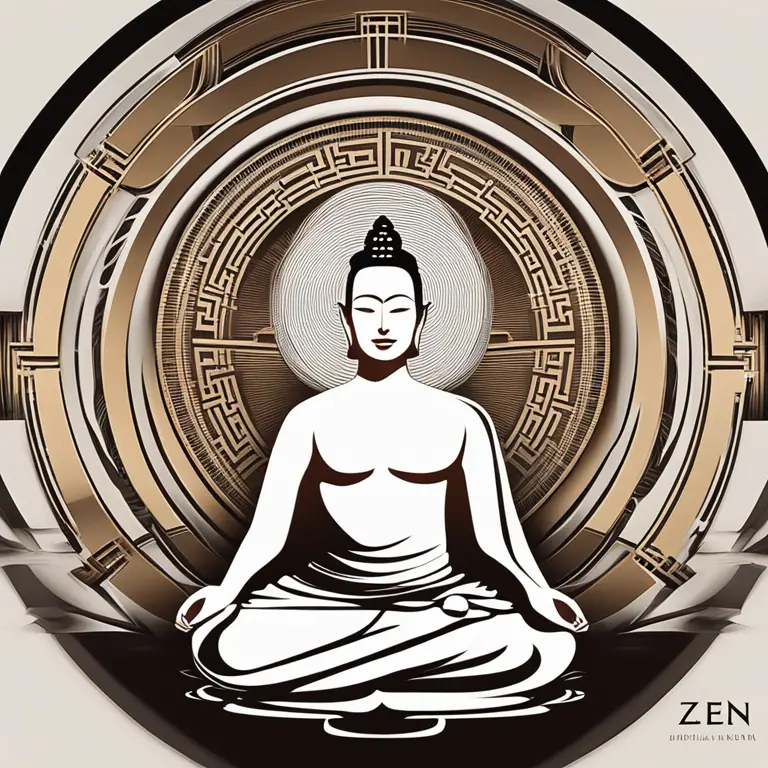
Explore Meditation Techniques for Inner Peace
Explore the varied methods of meditation designed to promote tranquility and self-awareness in this comprehensive guide.
article by Hina Kurosawa
Introduction to Meditation
Meditation has been a cornerstone in various cultures for centuries, offering a pathway to tranquility and heightened self-awareness. It has evolved, encompassing numerous techniques that cater to different preferences and goals. With the rise in global awareness about mental well-being, meditation has become increasingly integrated into modern lifestyles. As we continue to face the challenges of an ever-changing world, meditation offers an anchor, a momentary pause to rebalance our inner selves. This article delves into the multitude of meditation methodologies that you can incorporate into your routine to foster inner peace and mindfulness.

Mindfulness Meditation
Mindfulness meditation is the practice of being present and fully engaged with whatever we are doing at the moment — free from distraction or judgment. With roots in Buddhist teachings, it is the most prevalent form of meditation in the West. Mindfulness can be practiced at any time, whether you're brushing your teeth, driving, or, more traditionally, sitting in silence. It encourages an awareness of our thoughts, feelings, bodily sensations, and the surrounding environment. Mindfulness meditation benefits have been supported by numerous studies, highlighting its ability to reduce stress, improve attention, and contribute to a greater sense of well-being.

Transcendental Meditation
Transcendental Meditation (TM) is a form of silent mantra meditation, developed by Maharishi Mahesh Yogi. It involves the use of a personally assigned mantra and is practiced for 20 minutes twice per day while sitting with one's eyes closed. The goal is to rise above, or transcend, the current state of being, which is why it's termed "Transcendental" Meditation. Unlike mindfulness, which focuses on awareness, TM aims at a state of restful alertness. It has been popularized by celebrities and is known for its standardized and systematic approach.

Zen Meditation (Zazen)
Originating from Buddhist tradition, particularly the Zen sect, Zazen is the practice of seated meditation. It emphasizes rigorous self-restraint, meditation-practice, insight into the nature of existence (Buddha-nature), and the personal expression of this insight in daily life. Practitioners typically sit in the lotus or half-lotus position focusing on their breathing while disregarding the stream of thoughts that arise. It's a discipline meant to uncover the clarity and simplicity of our true nature through direct experience.

Guided Meditation
For beginners or those who find silent meditation challenging, guided meditation provides a helpful alternative. In these sessions, a teacher or guide provides narrative instruction either in person or via an audio recording. The guide will lead you through a series of relaxing visuals or scenarios to engage your mind through sensory imagination. This form of meditation can help alleviate stress and foster relaxation by allowing practitioners to "let go" and be more present by following the voice of their guide.
Body Scan Meditation
Also falling under the broad category of mindfulness, the body scan technique involves paying attention to parts of the body and bodily sensations in a gradual sequence from feet to head. It is typically done lying down and promotes fuller awareness of the body, which can lead to relaxation and a feeling of wholeness. A body scan can help identify areas of physical discomfort or tension and promote an overall sense of bodily presence.
Yoga as Meditation
Yoga, while often associated with physical postures or asanas, is inherently a spiritual discipline that includes breath control, simple meditation, and the adoption of specific bodily postures. It's a holistic practice integrating body, mind, and spirit, aiming to achieve harmony and self-realization. As a form of meditation, yoga incorporates fluid movements with controlled breathing and mental focus, offering a meditative practice that is both dynamic and contemplative.
Heart Rhythm Meditation (HRM)
Heart Rhythm Meditation focuses on conscious breathing that emphasizes the heart's rhythms. It's a type of meditation that combines rhythmic breathing with the visualization of breathing through the heart to foster emotional clarity and strength, depth in relationships, and a sense of unity with the universe. Practitioners of HRM often report experiences of profound peace and openness to compassion and connection with others.
Published: 1/18/2024
Modified: 1/18/2024
More predictions
Come back here soon to learn more about yourself and your future


The Science View: Meditation & Brain Health
Delve into the science of how regular meditation practices can influence and improve brain function and overall mental health.


The Meaning of Meditation
A concise foray into the meaning and practice of meditation in contemporary wellness cultures.


Meditation Techniques for Better Sleep Explored
Discover effective meditation methods to improve your sleep quality and embrace a more restful night with our guide.